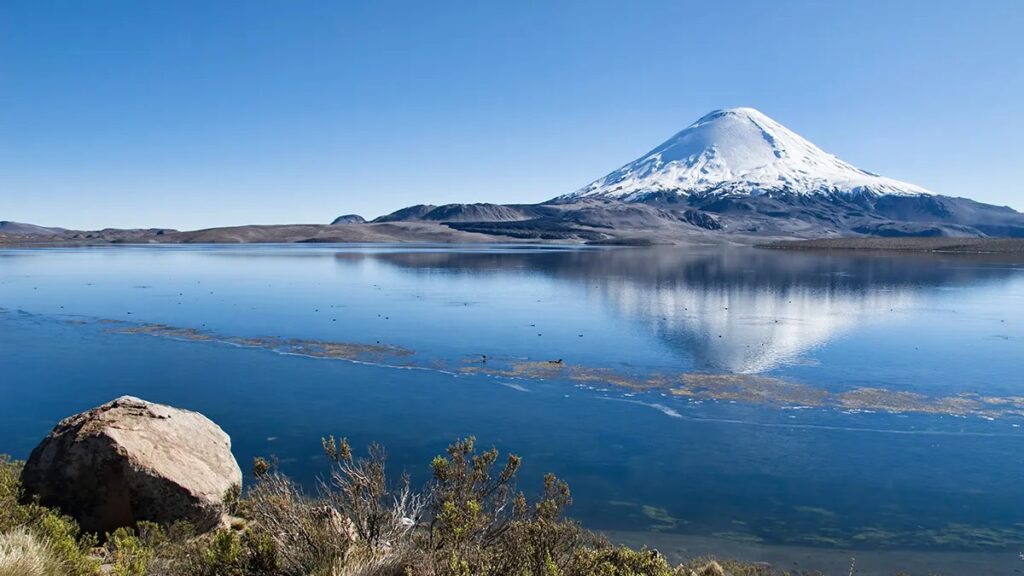
If you’re a regular member of our community, you know that Beth and I stan volcanoes – from the liquid flow of Hawai’i and Iceland to the explosive bursts of Etna and Pinatubo – so long as lives aren’t lost. One thing we, thankfully, haven’t had to experience in our lifetimes is the eruption of a supervolcano. Every so often, though, scientists like to remind us that we are overdue for a supervolcano eruption. On average, they tend to occur every 20,000 years, and the last one was 27,000 years ago.
To keep us from panicking too badly, researchers have been studying a variety of features from known supervolcano eruptions to get a better understanding of just how often they occur and possibly what signs we can look for in advance.
In a new paper in Nature, a team of scientists recently published an analysis of tiny zircon and feldspar crystals from four known eruptions in northern Chile. Using argon-argon dating, the team was able to determine that the crystals formed underground in large plutons that cooled slowly until magma welled up through weak spots. The granite fragmented and remelted, and then pooled in giant underground lakes, eventually erupting explosively and leaving behind giant caldera.
The process began more than four million years before the first of the four eruptions, giving the granite plenty of time to slowly cool. However, the magma melting and pooling took an incredibly short time – possibly only years to decades.
After the eruption, the process began anew, with magma welling up, forming another pluton over millions of years, and then breaking up, remelting, building a lake, and exploding all over. The last of these four eruptions occurred 19.6 million years ago.
And so far, no one has seen definitive signs that any of the known supervolcanoes around the world are a threat. But now we have more insight into one of the possible processes that we can keep an eye out for.
More Information
Supervolcanoes Linger a While, Then Rush to Erupt (Eos)
“Timescales for pluton growth, magma-chamber formation and super-eruptions,” M. E. van Zalinge et al., 2022 August 3, Nature




 Join the Crew!
Join the Crew!
 Escape Velocity Space News
Escape Velocity Space News
0 Comments